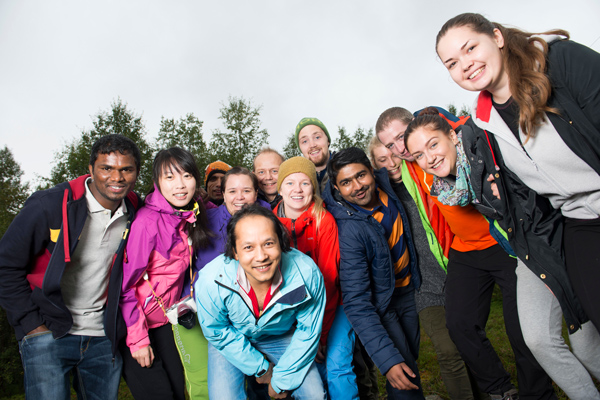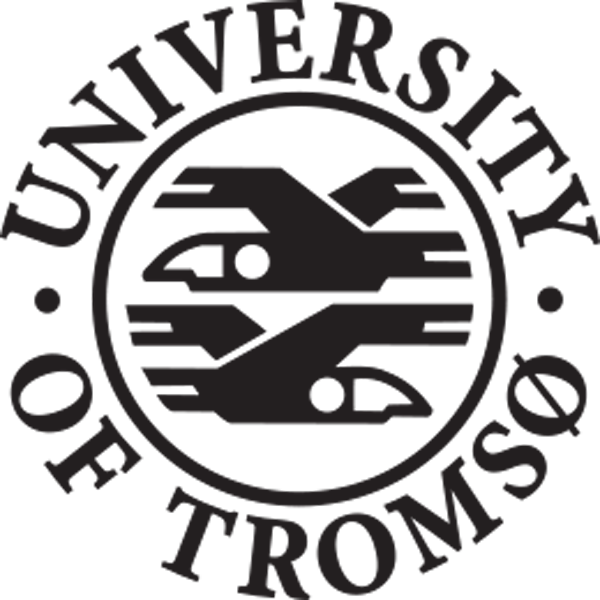UiT – the Arctic University of Norway – is the northernmost university in the world. We started our information campaign on the issue of higher education for asylum seekers at the refugee centres in northern Norway in February 2016. The refugee centres are spread widely and so instead of having to bear the travel costs to come to our university, we travelled to the centres and provided half a day of information activities. By April we had covered all the refugee centres in the high North.
UiT, as the third largest university in Norway has a large potential for taking in refugees and asylum seekers as trainees and practice observers. During the spring semester 2016 UiT cooperated with a local training agency to help refugees holding a positive decision on their residence application to get work experience. A call for action has been spread to all the units at the university on taking part in a refugee practice placement scheme. A common template facilitates such a practice scheme for the interested departments.

International students at UiT. © UiT.

the UiT Campus. © UiT.
A committee has also been established to investigate the feasibility of admitting asylum seekers (those who are still waiting for the outcome of their residence applications) to our university, to certain studies over a defined period of time if they can prove beyond reasonable doubt that they are academically eligible.
Our Student Parliament has made a formal decision on working for a mentor arrangement for refugees and to recruit UiT students for teaching Norwegian.
A Research network on migration health has been established at the Faculty of Health Sciences.
A Project “MigraNord” at the Department of Social Education has been granted substantial funding from UiT.
UiT has established contact with municipal bodies, the Adult Education centre, the local UN organisation, and the regional Save the Children agency.
The refugee “wave” to Norway has almost stopped, however there is a need for a longitudinal perspective on this kind of work and to collect together experiences in order to be better prepared for a probable next refugee generation.
Duration: November 2015
Refugee students: We have provided information and advice on higher education in Norway on a number of occasions, mostly meeting refugees after they have been given their residence permit and been transferred to a municipality to establish a new life. We have met them in class during Norwegian language classes and societal/cultural training. The groups have been a mix of persons with no higher education training at all and persons with higher education or an interrupted higher education. The total number of persons with a higher education study background is so far approximately 100. In addition, we have had three refugees with higher education backgrounds doing internships, two at a faculty and the other in the central administration.
UiT is linked to a national “movement” known in Norwegian as
Akademisk dugnad. The word dugnad means, in the daily language, a special effort in which people get together to get a job done. The coordinating entity is the Council of the Universities and University Colleges in Norway. UiT is also inspired by EUA’s
Refugees Welcome Map.
UiT’s strategy towards 2020 has five priority areas and two of them with links to the refugee initiative:
- Health, welfare and quality of life
- Societal development and democratisation
Internationalisation is high on the agenda and will be even more so in the future. 15 % of our students are foreign students and they come from over 100 nations. Two of our 30 master’s degree programmes taught in English are in line with the needs of higher education in matters related to war, emigration and refugees:
- Master’s programme in Indigenous Studies
- Master’s programme in Peace and Conflict Resolution
We are collaborating with several bodies and entities, mostly public but also NGOs, for example the local Red Cross and Save the Children. These links did not exist before.
The municipal refugee office, as well as the social welfare and labour authorities will be our collaborators in the future because we want to make information on higher education for refugees a regular task as well as provide practice placements for refugees.
Even though the extremely high number of refugees coming to Europe and in particular Norway during 2015 has now decreased considerably, the state of affairs in many countries is expected to produce the arrival of refugees for many years ahead. It is therefore important that UiT is able to learn, gain experience in these matters and build competence on how to act in order to contribute in the best way that an academic institution can. 2016 marked the first year of the Academic Dugnad. There was no funding other than what we could manage with in-kind contributions. Some of our plans for 2016 were delayed due to UiT's merger with two higher education institutions in North Norway on 1 January 2016. However, funding has been secured for 2017 and we will prioritise spending resources on the establishment and implementation of the practice placement scheme, given the large future potential that placements can have on the individuals' work and study opportunities later on.
For 2017 there is funding from the university budget which allows us to start working on our action plan. This includes, among many things, the elaboration of a practice placement scheme for refugees with documented higher education and a separate admission scheme for students who do not fully meet the Norwegian and English language requirements for admission.


